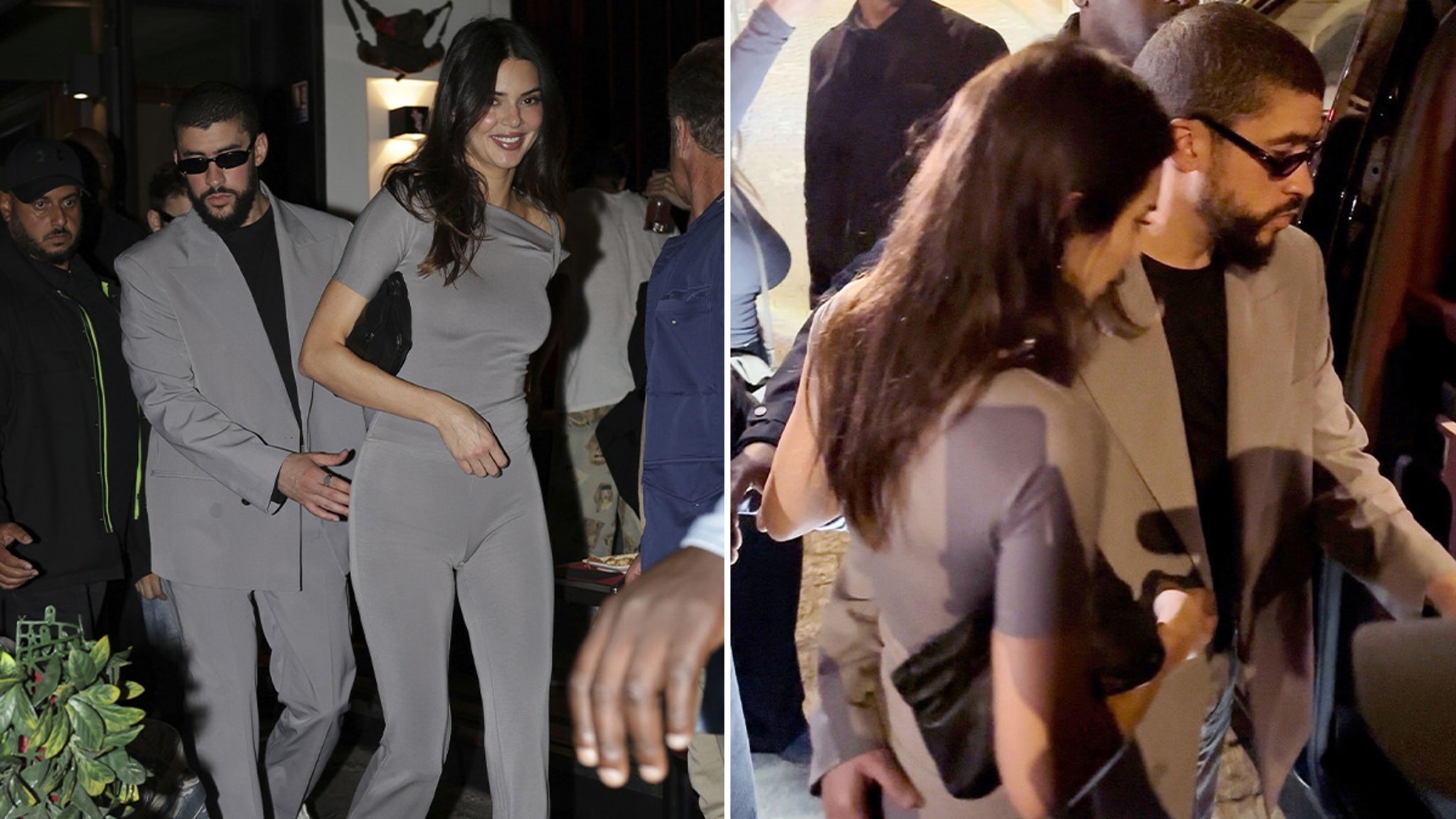Fashion
Experts Offer Tips on How to Buy Fine Jewelry Online

Imagine, with a summertime wedding or party in mind, you want to buy a new piece of fine jewelry, the category that includes items made of precious metal and glittering with gems.
Even if you’re shopping from your favorite chair at home, finding the right piece isn’t always easy. A recent Google search for a diamond solitaire necklace, for example, generated 21.7 million results.
And even when you find a style you like, how can you be sure it was made well and would be good value for the money?
Earlier this month, The New York Times gathered a group of jewelry professionals at the Warren Street Hotel in Manhattan to hear their views on what shoppers should look for when buying fine jewelry, the fact that demi-fine jewelry is sometimes lacking and the challenges of opening certain clasps with long fingernails.
Around the table were Kim Nelson, a jewelry maker and assistant chair of the jewelry design program at the Fashion Institute of Technology; Amber Mitchell, a fine jewelry buyer for the online retailer Moda Operandi; Catherine Sarr, founder of the jewelry brand Almasika and a former De Beers Group communications executive; and Jennifer Shanker, founder of Muse, a jewelry showroom that represents designers such as Bea Bongiasca and Silvia Furmanovich, and also an owner of a jewelry-centric boutique in New York City.
Each arrived wearing jewelry connected with their professional worlds, but pieces that also reflected personal styles. As Ms. Shanker put it, “I don’t own as much jewelry as maybe someone who owns a jewelry showroom you would think would own, but I own the pieces that I want to wear every day.” Those pieces included a long amber bead necklace by Ileana Makri, a pendant by Anna Maccieri Rossi and stud earrings and a ring by Nikos Koulis.
Ms. Sarr’s choices from her own line included 18-karat gold and pavé diamond rings from the Adiré and Universum collections. Half of Mr. Nelson’s fingers were adorned with rings he had made, including one with a large Ethiopian opal surrounded by black jade and, on his right pinkie, a 20-karat gold and tanzanite piece.
And Ms. Mitchell’s accessories included a Gemella Jewels 18-karat white and yellow gold ear cuff and multiple pieces from Ippolita, where she worked for about a dozen years. “I feel like I went pretty simple in the jewelry today,” she said.
Occasionally, the discussion included trade terminology, such as CAD, or computer-aided design; metal tolerance, the inherent properties of the material and how that impacts the design; and lobster clasp, a popular chain closure that, yes, resembles the claw of a crustacean.
The conversation has been condensed and edited.
Kim, presumably you are working with the jewelers of tomorrow. Is quality part of your students’ training?
KIM NELSON Quality is a complicated word, first off, because I view quality in jewelry as being a successful piece at whatever price point it’s supposed to be going out at: If it is working, if it’s a successful product. I’m speaking from a commercial standpoint here.
As an academic, when I’m talking about quality with my students, it’s about being able to work to the specification — which can come across as being a little soulless, because I want them to be able to be given a directive from anybody, including themselves.
Amber, when you’re looking at new brands to potentially carry, what are you looking for in terms of quality?
AMBER MITCHELL I look for the weight of the gold, how heavy it is. Sometimes pieces can be too light, so customers are not going to “see” the value they’re paying for it because it’s so light.
I also look at the back to see if the back is finished, and if you’re seeing things like solder marks. I look at how the stones are set — thinking about the prongs, is it going to catch on her clothing? I try to take everything into account.
I know what I like and what I would expect as someone who’s paying thousands of dollars for a piece of jewelry, so I try to bring that to our clients as well.
What advice would you give to jewelry shoppers, especially those who are shopping online?
JENNIFER SHANKER Ask whatever you need to ask in order to feel confident to purchase the piece.
CATHERINE SARR People ask us for dimensions, additional dimensions, sometimes gold weight, karat weight, techniques. It really depends, but we are ready to answer any questions on our quality.
NELSON There’s a lot of trust. Jewelry is a blind purchase in a lot of ways. People who are buying it, they don’t understand how it’s valued. They don’t understand the difference between buying from somebody like me, who will do a custom-made piece for them, versus buying from a small boutique environment versus buying from a retail storefront — that there is a whole different price structure.
Are there certain jewelry components that tend to have more quality issues than others?
SHANKER Closures, clasps.
MITCHELL I was going to say that, yes.
NELSON Movement, and that’s usually a manufacturing issue. For example, the connections you can put in platinum, you could not use in gold, and you could not use the ones used in gold in silver. The metal tolerances and what it’ll put up with, there’s math and engineering and science behind that, and a lot of folks in our industry don’t know that, so you end up with trouble.
Are certain types of clasps or closures more potentially problematic than others?
MITCHELL For necklaces, like on pendant necklaces, lobster clasps are fine. But my thing is some of them can be too small, and I say that because of my nails — it’s hard for me to get them on.
SHANKER That’s real.
MITCHELL Yeah, exactly. Most women have nails, these days especially, so small lobster clasps are not that functional for a lot of women. With earrings, I like a lever-back post because it just feels more secure. Obviously, you can’t do that on all earrings, if the design doesn’t support it.
Another thing is with ear cuffs. Everybody’s doing ear cuffs these days, and everybody always says, “Oh, it fits every ear — it’ll never fall off.”
SHANKER [With an emphatically cheerful tone] “It’ll never fall off!”
MITCHELL That’s not really true, and more and more vendors are starting to do a hinged ear cuff, like the one I have, which fits so much better.
SHANKER It’s super-important in a bracelet, as well.
SARR Quality also is the comfort. The piece of jewelry should be comfortable for me. The inspiration is very conceptual in what I do, but you can wear it and feel comfortable in it. I think that’s quality, as well.
SHANKER If it doesn’t feel good, who’s wearing it?
As so many people now do their shopping on the internet, is there a way that you show your jewelry online that spotlights its quality, or ways your online presentation could be improved?
SARR We do a lot of trunk shows, and people are always surprised. They love the design, but they’re surprised by the weight of our jewelry and how they like the finish, so there’s something happening we need to work on.
MITCHELL I think it’s hard to show the quality of a piece online. I know with us, we have clients reaching out all the time. There’s an email address on the site that you can email and it comes to us, where they ask for extra content. Even iPhone videos give you a better idea of the quality, so that’s a service that we offer to our clients that’s been successful for us. But I think we’re still trying to get to the point where we can show accurate quality online, because on our side, it’s just really still shots.
SHANKER One of the things that is happening in terms of selling online, the higher the quality of the jewelry, the higher quality the presentation needs to be. I think that we might take it for granted, but the more information we can provide to the client without them having to ask questions is super-important. From the materials to the carat weights to the dimensions, what you’re talking about in terms of the comfort and how it is worn — I think that the content needs to be better.
On many retail websites, videos of items like clothing and shoes are commonplace. Why is that not as prevalent with fine jewelry?
SHANKER I think it’s budget and bandwidth, actually. Also, knowing what is working and figuring out how to prioritize what you can manage as a small brand, and then what you can provide. For instance, I could definitely benefit from more video, but we got to a place where the still-life content that we’re creating is so high level that we don’t want the video to be beneath that.
NELSON I make my students spend half their lives on 1stDibs.com, because 1stDibs is marvelous in that they show the front and the back of pieces. They regularly have video clips, and you can really get a better sense of the quality of a piece of jewelry if you know what you’re looking at.
These days, there’s so much demi-fine jewelry — the kind of jewelry that’s a bit more casual and less high-end — available online. Since its quality isn’t necessarily the same as fine jewelry, has that muddled people’s expectations?
SHANKER Sure. And especially now, with the way people are buying and the way people are being introduced to brands through Instagram, I think that, yeah, even more so it’s diluted.
But also, buying it online, there’s this huge return rate because once someone receives it, it’s not what they expected to receive.
In the United States, the average overall rate for retail online returns is 15 percent. That must be costly for brands.
MITCHELL I know at Moda, we just really started doing fine jewelry returns in the last year or two, and I would say our return rate is probably around for the year 7 percent, which is pretty low.
SHANKER That’s pretty great.






















